Best Books for English Teachers: Professional Development
Most teachers read professional development books over the summer months. Sometimes, groups of educators get together and tackle them as part of a school-wide or department-wide book study during the school year. Regardless of when you read them, the most common question usually revolves around what to read. I’ve polled some practicing educators and put together a list of best books for English teachers. Professional development books can take quite a bit of time to read. These are books we have found worth the time investment.
WORKSHOPPING THE CANON
Have you ever struggled to make required texts relevant to middle or high school students? Wondering whether or not the classics still have a place? Workshopping the Canon offers some practical ideas for modernizing traditional secondary ELA curriculums. If you want to work on pairing classic literature with other texts in order to create a workshop approach, this book is very helpful! It covers reading and writing workshop basics, like read-alouds, independent reading, shared reading, book discussions, mini-lessons, mentor texts, conferences, and more.
TEACH LIKE A PIRATE
This book has been on my shelf for a while, but it’s one I always come back to when I need some fresh lesson plan inspiration. Julie from Julie’s Classroom Stories says Teach Like a Pirate is one of the best books for English teachers. “It is enthusiastic and practical. I may be a pirate at heart, so maybe that’s why this book is my jam.” If you’re looking for engagement ideas, lesson hooks, creative approaches, or a renewed energy for teaching, try this one.
VISIBLE LEARNING FOR LITERACY
Lauralee from Language Arts Classroom recommends Visible Learning for Literacy. “It breaks down teaching ideas and methods with research. Educators can see what is (and isn’t) the most effective practice for a certain instance. I consult this book weekly.” You’ll love this book if you value teaching ideas grounded in extensive research. Visible Learning for Literacy identifies literacy practices that have the biggest impact on student learning.
DEEPER READING
I’m also an advocate for this book recommendation from Liz from Teach BeTween the Lines. Liz relates, “Deeper Reading by Kelly Gallagher has had a profound impact on the way that I teach my students to read and analyze a text. This book will help your students move beyond a surface level reading to a ‘deeper reading’ of the text. It will help them to understand the complexities and nuances of challenging texts.
The author has provided strategies that are easy to implement into your own classroom while truly enhancing comprehension and analysis of both fiction and nonfiction texts. This text can be read cover to cover as a PD book, or you can use this as a reference tool, using the glossary to find engaging activities and lesson ideas for your students. The strategies and activities suggested often provide opportunities for movement and collaboration as well which my students really enjoy.”
READICIDE
With the rise in popularity of choice reading, it’s no wonder why this book is one of the best books for English teachers. Kim from OCBeach Teacher says Readicide is at the top of her favorites list. “This classic is a must read for all teachers. Gallagher argues that schools often become the main culprit in destroying students’ love of reading. With a better awareness of the problem, teachers can reverse this trend and work to make reading a joyful experience again.” Specifically, Readicide offers ideas for what not to do if we want students to love reading and truly be immersed in the experience.
THESE 6 THINGS
My friend Kristy Louden loves These 6 Things. “Dave Stuart Jr. has written a book that every teacher should read: it’s straight-forward, with no gimmicks, and easily doable. Dave, an English and history teacher, tackles building relationships, reading, writing, speaking, arguing and knowledge. The book gives multiple strategies for each different category to help even seasoned teachers improve their craft.”
ESSENTIAL QUESTIONS
Amanda from Mud and Ink Teaching suggests Essential Questions: Opening Doors to Student Understanding. “When I finally experienced the power of a unit driven by an Essential Question, I can say, without exaggeration, my teaching career took a huge turn for the better. This book completely shifted my thinking and has helped me draft units that are richer, more rigorous, and better scaffolded than ever before. This book is great for any beginner that is just starting the journey of using the Understanding by Design framework or just looking to put a fresh spin on old units.”
LESSONS THAT CHANGE WRITERS
Marypat from Just Add Students says Lessons that Change Writers is a staple. “I LOVE this book for teaching writing — for so many reasons! Nancie Atwell makes the process of writing workshop clear and easy to implement. There are 70 mini lessons, student examples, tips for running writing workshop, setting up a writing notebook, and even a chronology of lessons to teach for the year (though you can teach in any order). This book is a must-have if you are teaching writing workshop! Full of creative ideas that will get you excited!”
Secondary Sara recommends 180 Days: Two Teachers and the Quest to Engage and Empower Adolescents. In her words, “Not only are Penny Kittle and Kelly Gallagher two of the biggest English teacher heroes around, but this book is helpful because it explains almost every unit of their year and gives us a peek inside the pacing and planning of what they teach. They give practical ideas and not just theory. This book is especially great if you need a boost of inspiration, want to shake up your curriculum, or perhaps teach in a smaller school without as many other teachers to compare notes with.”
WHOLE NOVELS FOR THE WHOLE CLASS
Have you read Whole Novels for the Whole Class by Ariel Sacks? Amanda Werner from Amanda Write Now says, “This book provides a whole new perspective on how to teach whole class novels. Rather than assigning chapters, discussing and assessing as students progress through the book, Sacks introduces us to a different way to go about teaching novels. In her book, she introduces an innovative approach that allows for enjoying the book while also using it to teach valuable reading skills.”
THE BOOK CLUB COMPANION
Of course, the best books for English teachers list can’t leave out a book specifically about book clubs. Meredith from Bespoke ELA suggests The Book Club Companion. “This book contains activities for students to use for analytical reading. The activities included range from K-W-L charts to body maps to comic strips and more. It’s a great book to use throughout the entire year for book club activities that will really help students dig into a text.”
A NOVEL APPROACH
If you’re looking for a book that will help you created a blended curriculum where you alternate between whole class novels and independent reading, A Novel Approach by Kate Roberts has a lot to offer. Many secondary ELA teachers value the experiences of a whole-class discussion around a common piece of literature. This book helps offer suggestions for book selection, conferring with students, and skill identification. Roberts makes connections between mini lessons during whole class novels and reinforcement during choice reading.
TEACHING FOR JOY AND JUSTICE
Brynn Allison, The Literary Maven has enjoyed reading Teaching for Joy and Justice: Re-imagining the Language Arts Classroom Linda Christensen. “When I was teaching in an urban, high poverty high school, Teaching For Joy and Justice was the first PD book that truly resonated with me. Christensen emphasizes the need for reading and writing to be connected to issues that students care about, and her book is filled with suggestions for texts and writing assignments that my students could connect with. Two of my favorite ideas from the book, the read-around and writer’s checklists, are ones that can be implemented over and over throughout the year to help students improve as writers.”
BOOK LOVE
Kristy from 2 Peas and a Dog enjoys Book Love by Penny Kittle. She says, “It is an amazing resource for any middle school or high school teacher. This resource helps teachers plan lessons so that students enjoy reading and learn the value of choice reading. Penny is amazing and will leave you re-energized and inspired. She also provides REAL LIFE ideas that you can implement in your classroom.”
THE STRATEGIES BOOKS
And, I can’t write a post about the best books for English teachers without mentioning these. I own The Reading Strategies Book, and I frequently borrow The Writing Strategies Book from one of my colleagues. Conveniently, these books cover a wide range of reading and writing strategy mini lessons that range from reading levels A to Z. It’s great for secondary teachers. Even though not every mini lesson is geared toward older students, almost all of them can be adapted to fit. Use this reference-style book after you decide what reading or writing skills your students need to work on. It will help you with lesson planning!
What professional development books have made the biggest impact on your teaching?
This post contains Amazon Affiliate links. When you make a purchase through these links, the teachers recommending them may get a small percentage of the sale at no extra cost to you.
READ NEXT:
INSTRUCTIONAL SCAFFOLDING APPROACHES FOR SECONDARY
20+ CLASSROOM SETUP IDEAS
TEACHING NOTE TAKING: STRATEGIES AND TIPS



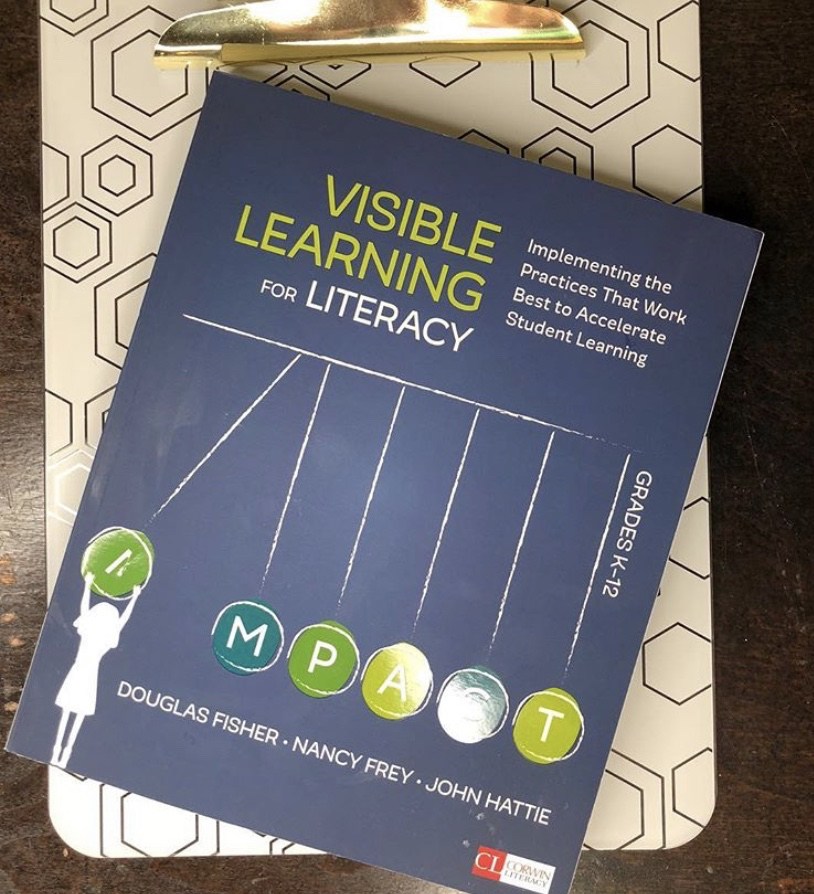
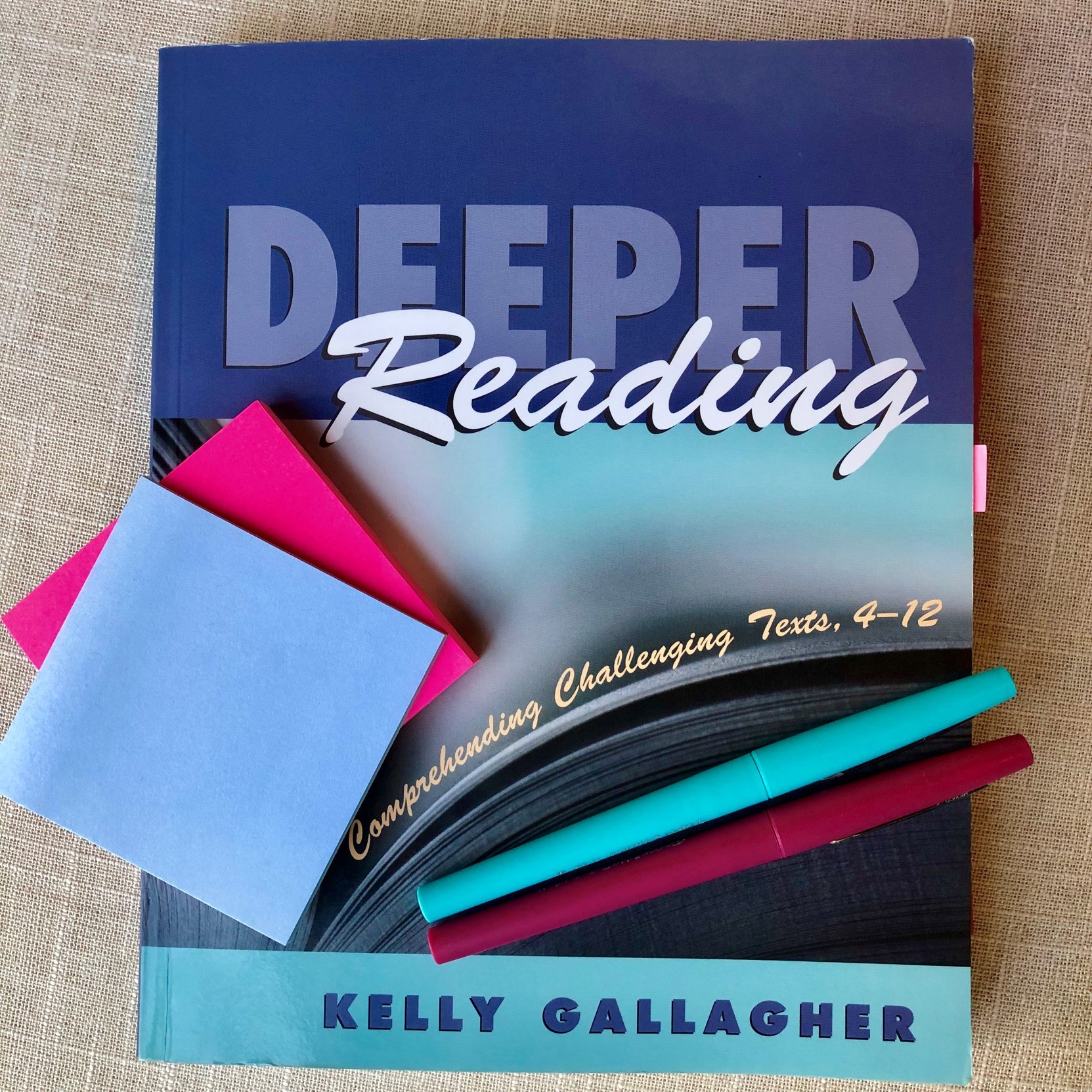
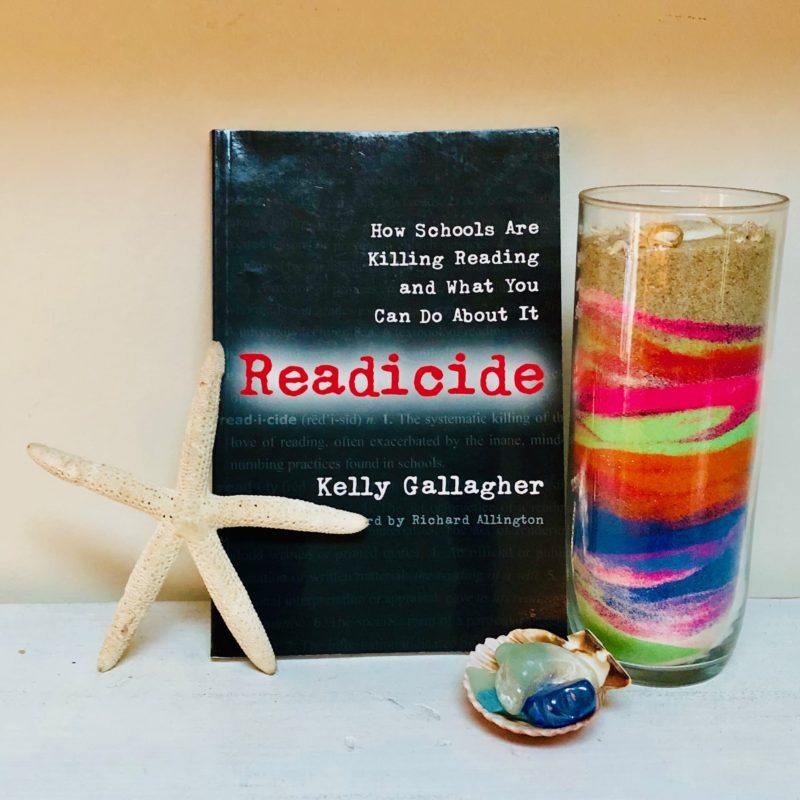





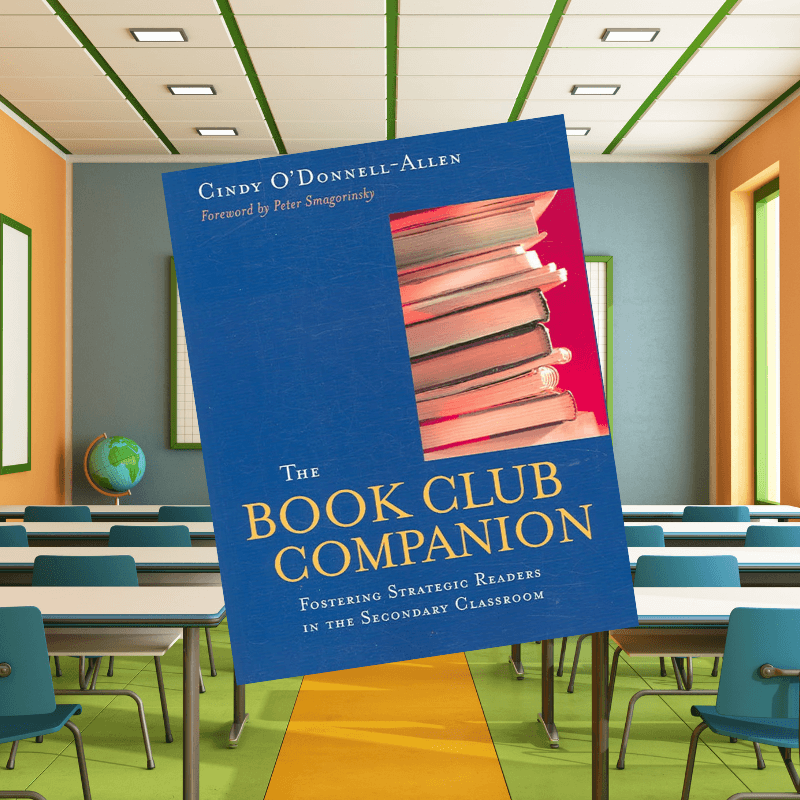


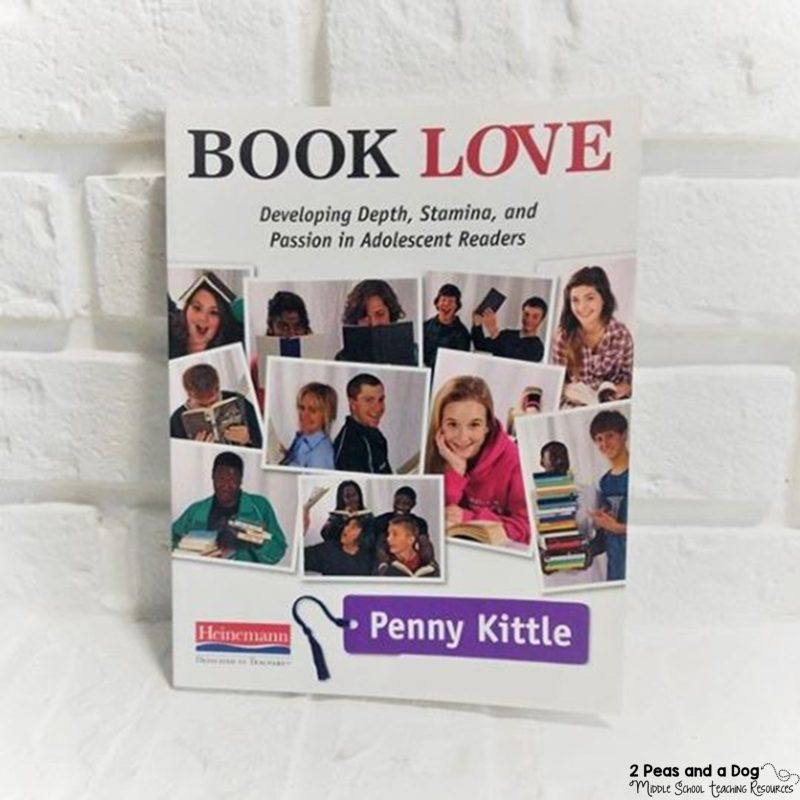


I’ve recently been using the Understanding by Design framework and have had great results with it. So I’m so looking forward to reading the suggested book: Essential Questions: Opening Doors to Student Understanding.
That’s great! I hope that you find some information that will compliment what you are already doing. I’d love to hear your takeaways after reading the book.
That’s great! I hope you are able to find some takeaways that will complement what you are already doing. Share your takeaways!